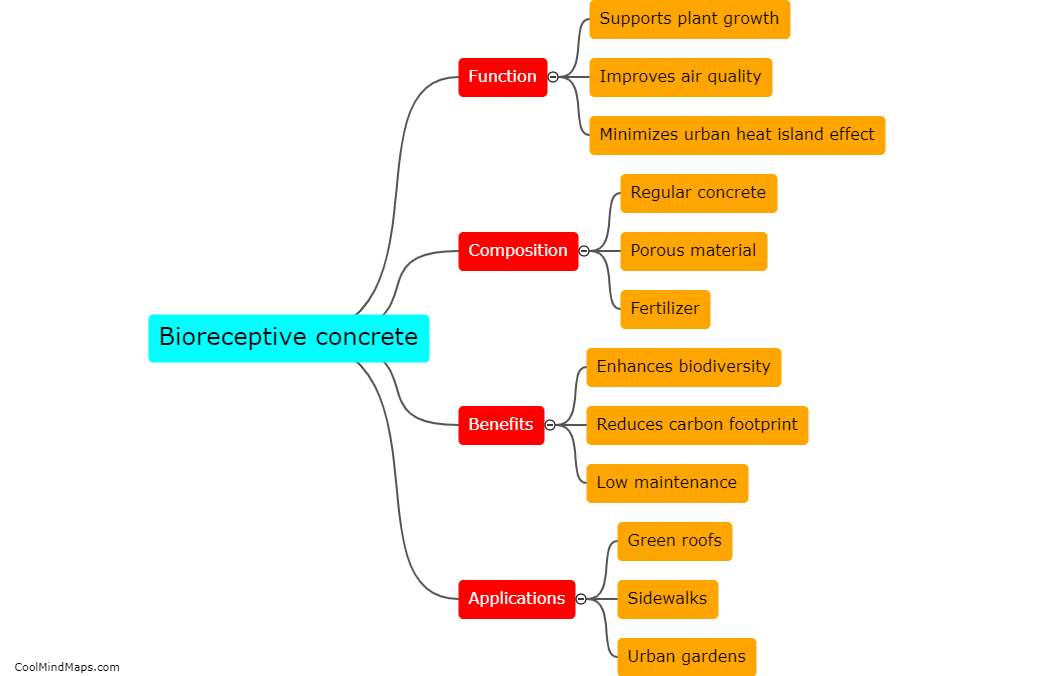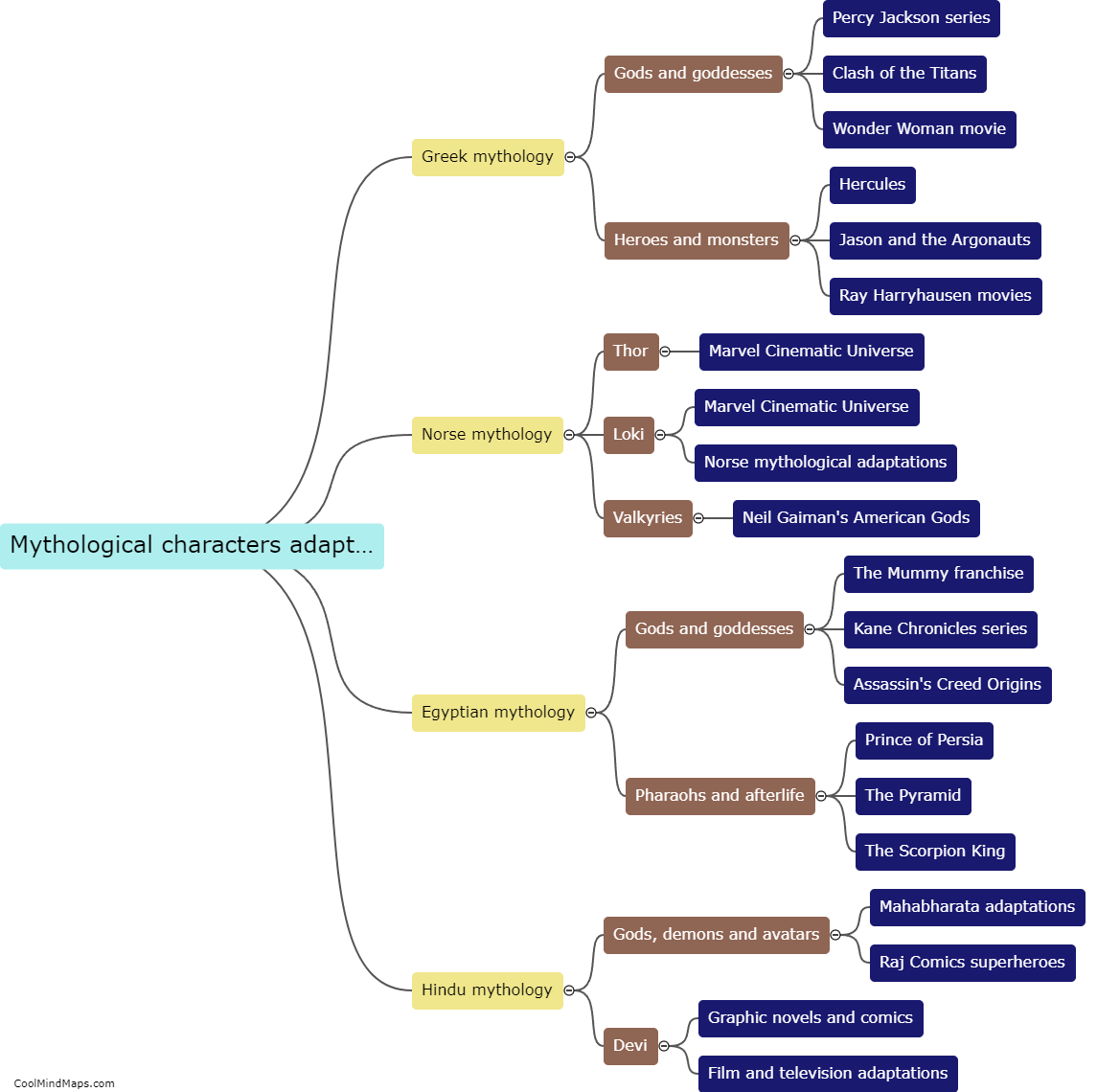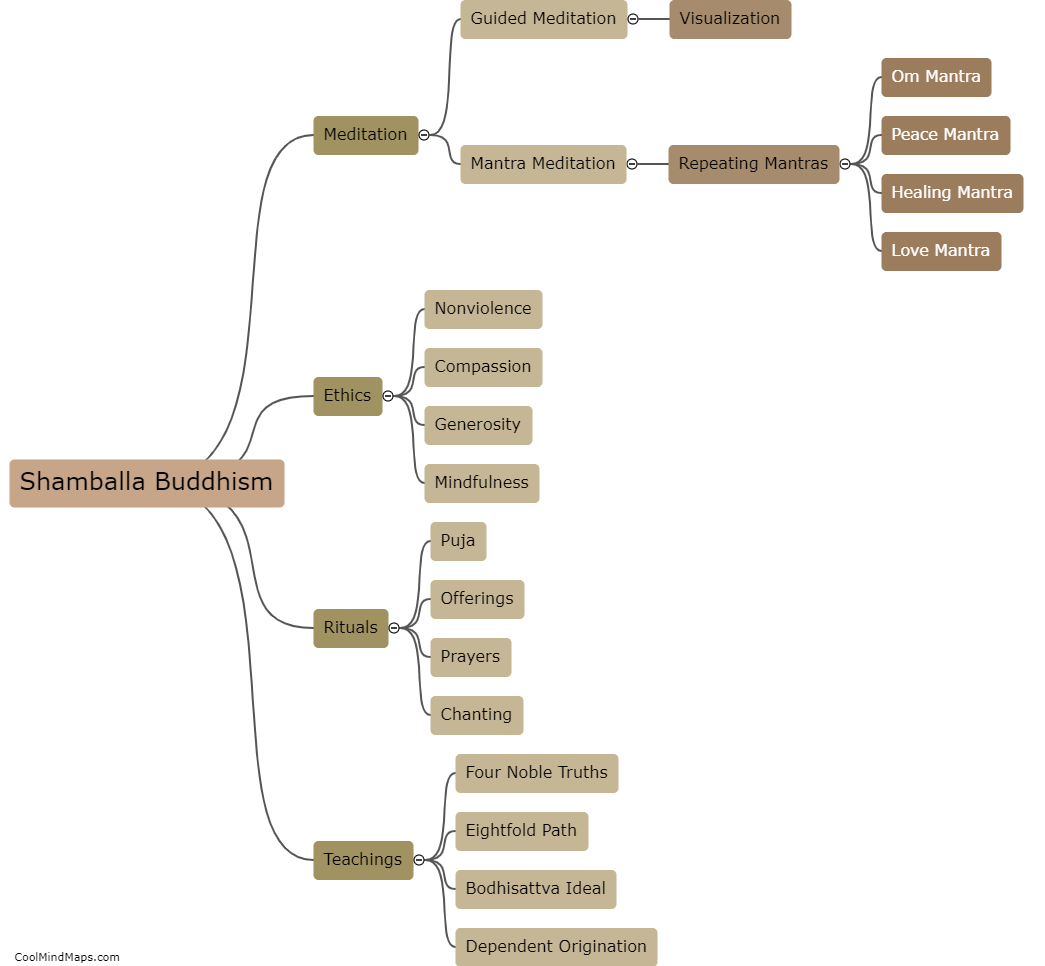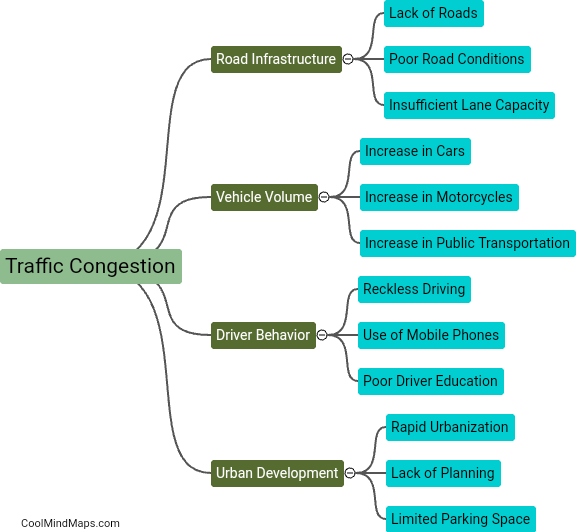What is bioreceptive concrete?
Bioreceptive concrete is an innovative and environmentally-friendly construction material designed to promote the growth of plants and enhance biodiversity in urban areas. It is typically made from a combination of traditional concrete and organic materials, such as recycled glass or compost, creating a rough and porous surface. This surface texture allows for the colonization of microorganisms and encourages the development of plant roots, which can penetrate and thrive within the material. Bioreceptive concrete acts as a natural habitat, providing a home for insects, birds, and other plant species that contribute to a healthier and more sustainable urban ecosystem. It has the potential to mitigate the heat island effect, improve air quality, and reduce stormwater runoff, making it a promising solution for greener and more livable cities.

This mind map was published on 12 September 2023 and has been viewed 178 times.











